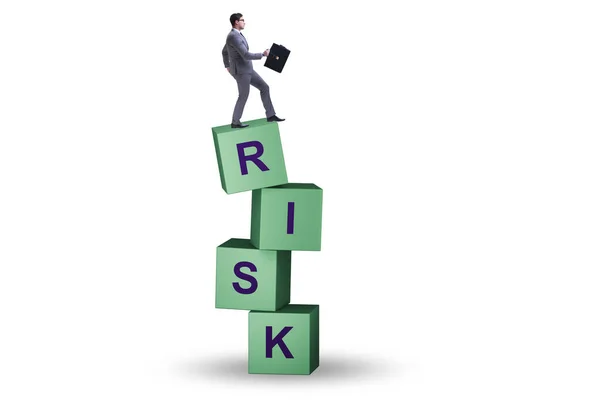
In the ever-evolving world of business, effective planning and risk management are essential for long-term success.
By incorporating ISO 9001, ISO 45001, ISO 14001, and ISO 31000, organizations can fortify their strategies while minimising potential setbacks.
ISO 9001: Quality Management
ISO 9001 is the gold standard for Quality Management Systems (QMS). This internationally recognised framework focuses on maintaining consistent quality in products and services. Here’s how ISO 9001 aids effective planning and risk management:
- Enhanced Quality: ISO 9001 ensures products and services consistently meet or exceed customer expectations, minimizing quality-related risks.
- Improved Efficiency: Streamlined processes reduce waste, save resources, and boost operational efficiency.
- Customer Satisfaction: Satisfied customers are more likely to remain loyal and refer your business to others, reducing the risk of revenue loss.
ISO 45001: Prioritizing Occupational Health and Safety
ISO 45001 is dedicated to occupational health and safety (OHS). It provides organizations with the tools to create safer workplaces, mitigate accidents, and minimize risks. Key advantages of ISO 45001 include:
- Worker Wellbeing: Employees in safe environments are more productive and less likely to be absent due to accidents or illnesses.
- Legal Compliance: Ensuring compliance with OHS regulations reduces the risk of legal penalties and fines.
- Enhanced Reputation: Demonstrating a commitment to safety can improve your image and attract safety-conscious clients.
ISO 14001: Sustainability through Environmental Management
ISO 14001 focuses on environmental management, helping businesses reduce their ecological footprint and promote sustainability. Incorporating ISO 14001 into your planning and risk management offers several benefits:
- Cost Savings: Efficient resource use leads to cost reductions and better financial performance.
- Eco-Friendly Reputation: Eco-conscious consumers are drawn to businesses that prioritize environmental responsibility.
- Regulatory Compliance: Meeting environmental regulations minimizes the risk of fines and damage to your reputation.
ISO 31000: Mastering Risk Management
ISO 31000 is a globally recognized standard for risk management. It provides a comprehensive framework to identify, assess, and mitigate risks effectively. Here’s how ISO 31000 complements your planning:
- Proactive Risk Assessment: Identifying potential issues before they escalate allows for better contingency planning.
- Data-Driven Decision Making: ISO 31000 emphasizes the importance of collecting and analysing data to inform strategic choices.
- Enhanced Adaptability: Equipped with a robust risk management plan, your organization can navigate unforeseen challenges with agility.
The Synergy of ISO Standards
The true power lies in integrating these ISO standards into your business planning and risk management. By doing so, you create a resilient framework that emphasises quality, safety, sustainability, and risk mitigation. This holistic approach resonates with a diverse range of customers, setting you apart in a competitive market.
Incorporating ISO 9001, ISO 45001, ISO 14001, and ISO 31000 into your business strategy not only ensures your organization thrives but also aligns with the values of environmentally conscious, safety-minded, and quality-focused consumers.
# Planning for Business Risk Success
# ISO 9001, #ISO 45001, #ISO 14001, # ISO 31000
# Business planning, # Risk management, # Quality management, # Occupational health and safety, # Environmental management, # Sustainability
Do you want to know how DConsult can help your and your business? darran@dconsult.com.au
